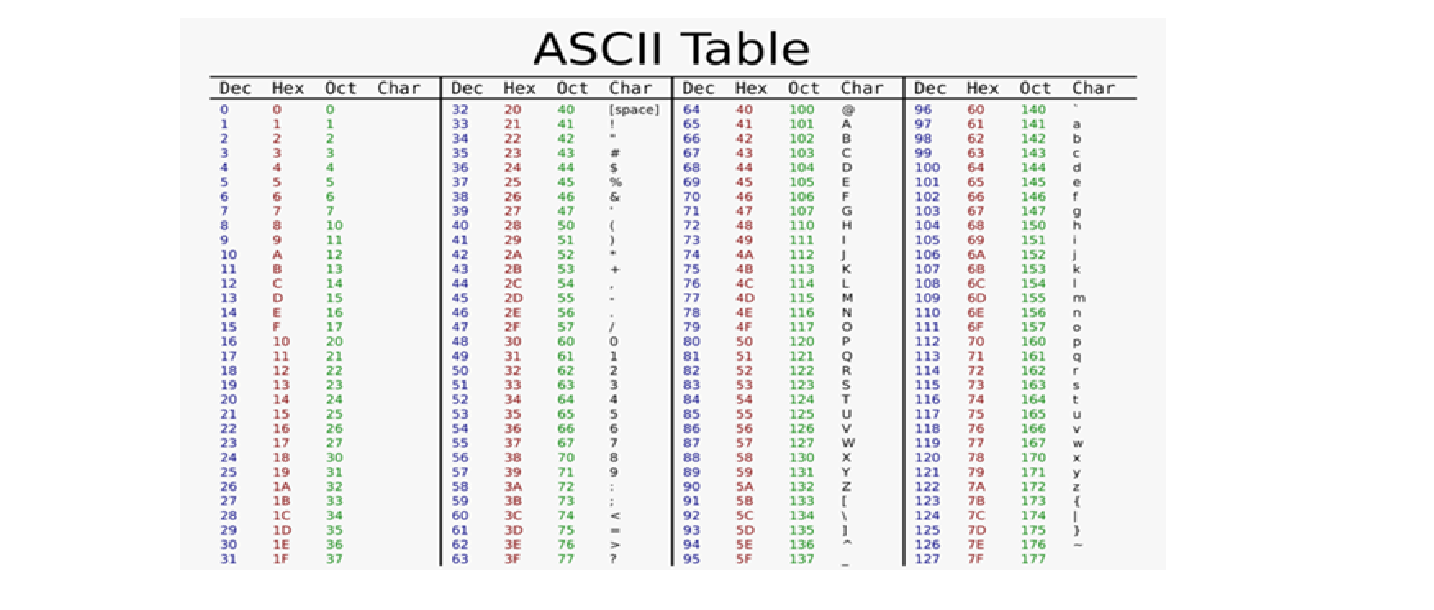How is Data Stored?
Published by
sanya sanya
Explain how data is stored in each of the primitive datatype
Primitive data types in programming languages have fixed sizes and formats for storing data. primitive data types are commonly used
- Integer (int): Integers are typically stored using a fixed number of bits, such as 32 bits or 64 bits. The bits are used to represent the numeric value using a binary representation. The most significant bit (MSB) is often reserved for the sign of the number (positive or negative), while the remaining bits represent the magnitude of the number. The specific representation scheme, such as 2’s complement or sign-magnitude, depends on the programming language and platform.
How can same 32 bits be used to store Negative values as well
Regarding the storage of negative values using the same 32 bits, it is typically achieved using the 2’s complement representation. In 2’s complement, the MSB is used as the sign bit. If the MSB is 0, the number is positive, and if the MSB is 1, the number is negative. The remaining bits represent the magnitude of the number using the binary representation. To obtain the negative value of a number in 2s complement, you invert all the bits and add 1 to the resulting value.
How to derive the value of INT_MIN & INT_MAX
To derive the value of INT_MIN and INT_MAX, which represent the minimum and maximum values of an int data type, you need to consider the specific representation scheme being used. Assuming 2’s complement representation with 32 bits, INT_MIN can be derived by taking the binary representation of INT_MAX, inverting all the bits, and adding 1. INT_MAX is obtained by using all the bits for the magnitude, except for the sign bit.
For example, in a 32-bit 2’s complement representation:
-
INT_MIN can be derived as -(INT_MAX + 1)
-
INT_MAX is 2^(32-1) - 1, where 32-1 represents the number of bits used for the magnitude.
-
Floating-Point (float/double): Floating-point numbers represent real numbers and are typically stored using a binary representation. The bits are divided into three parts: sign bits, exponent bits, and fraction bits. The sign bit represents the sign of the number (positive or negative), the exponent bits define the exponent to scale the fraction, and the fraction bits store the actual fractional value. The IEEE 754 standard is commonly used for representing floating-point numbers.
-
Character (char): Characters are often stored using ASCII or Unicode encoding. In ASCII, each character is represented by a single byte (8 bits), which can represent 256 different characters. Unicode extends this to accommodate a wider range of characters by using multiple bytes (16 bits or more) per character.
ASCII Table
In C++, the ASCII table refers to a standard character encoding scheme called the American Standard Code for Information Interchange (ASCII). It assigns unique numeric codes to represent various characters, including letters, digits, punctuation marks, and control characters.
The ASCII table consists of 128 characters, numbered from 0 to 127. Each character is assigned a decimal value, which can also be represented in hexadecimal or binary notation. Here is a simplified ASCII table:

Library
WEB DEVELOPMENT
FAANG QUESTIONS

